Myopia/nearsightedness: this is the most common refractive error. Individuals have difficulty seeing objects in the distance such as road signs, but can see well up close.
- Signs/symptoms include squinting, eye strain and headaches. You may also feel fatigued from driving or playing sports.
Hyperopia/farsightedness: Individuals can see distance objects clearly but have difficulty focusing up close for tasks such as reading, sewing or computer work.
- Signs/symptoms include squinting, eye strain, headaches and fatigue when reading or performing up close tasks.
Astigmatism: also a refractive error, simply a problem with how the eye focuses light. Vision is blurred to some degree at all distances. It is commonly caused by an irregularly shaped cornea, instead of being symmetrically round like a baseball, it is shaped more like a football. Light fails to come to a single focus on the retina to produce clear vision and instead multiple focus points occur either in front of the retina, behind it or both.
- Sign/symptoms include eye strain, squinting and headaches after reading or prolonged visual tasks.
Presbyopia: Occurs in everyone around the age of 40, even if no other vision problems existed before. Up close vision becomes blurred because of a gradual thickening and loss of flexibility of the natural lens inside your eye. Less elasticity makes it harder to focus.
- Signs/symptoms include holding books, newspapers and menus at arms length to bring it into focus, headaches, eye strain and fatigue while doing up close tasks.
Cataracts: The most common cause of vision loss in people over 40. A clouding of the eyes natural lens which causes blurred, hazy vision and progressively worsens over time. Vision can be temporarily improved with glasses but most people eventually need to have them removed surgically. Cataract surgery is a relatively painless, simple procedure in which the natural lens is removed and replaced with a clear plastic intraocular lens. It’s the most frequently performed surgery in the United States and 9 out of 10 patients regain very good vision.
- Signs/symptoms include hazy, blurred vision. Colors may not appear as bright as before, sunlight or lamps may seem too bright and headlights may cause more glare when driving at night.
